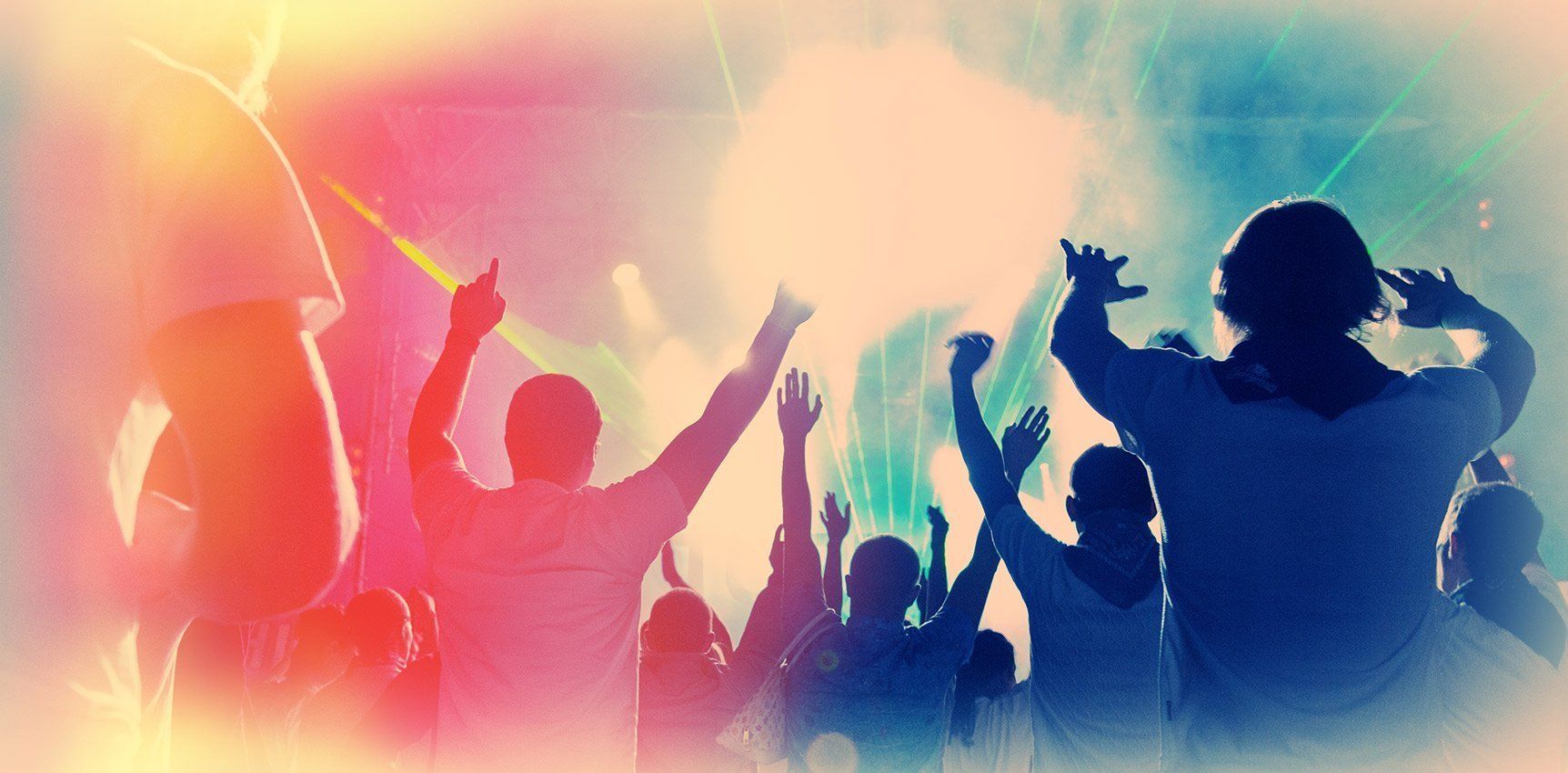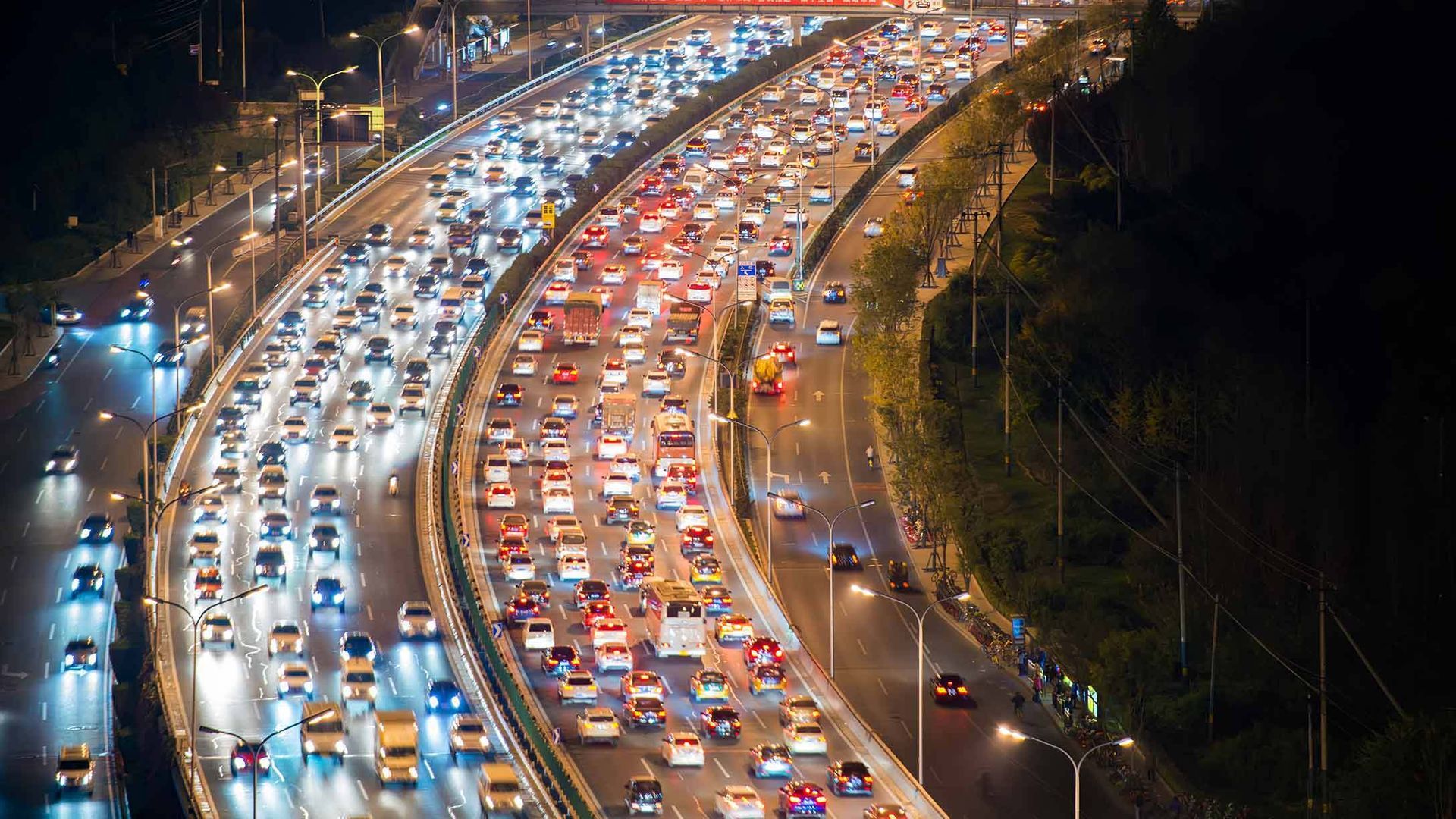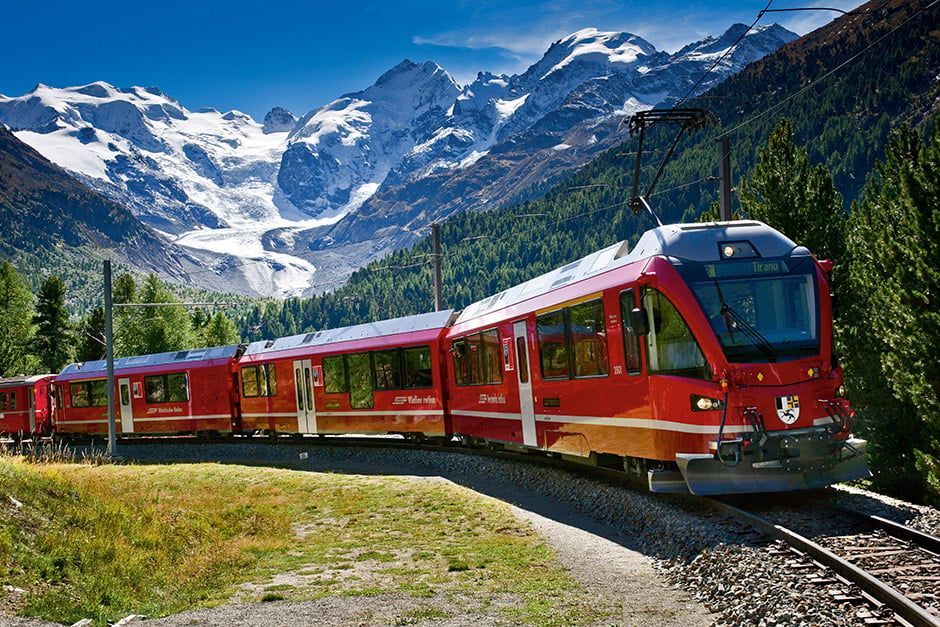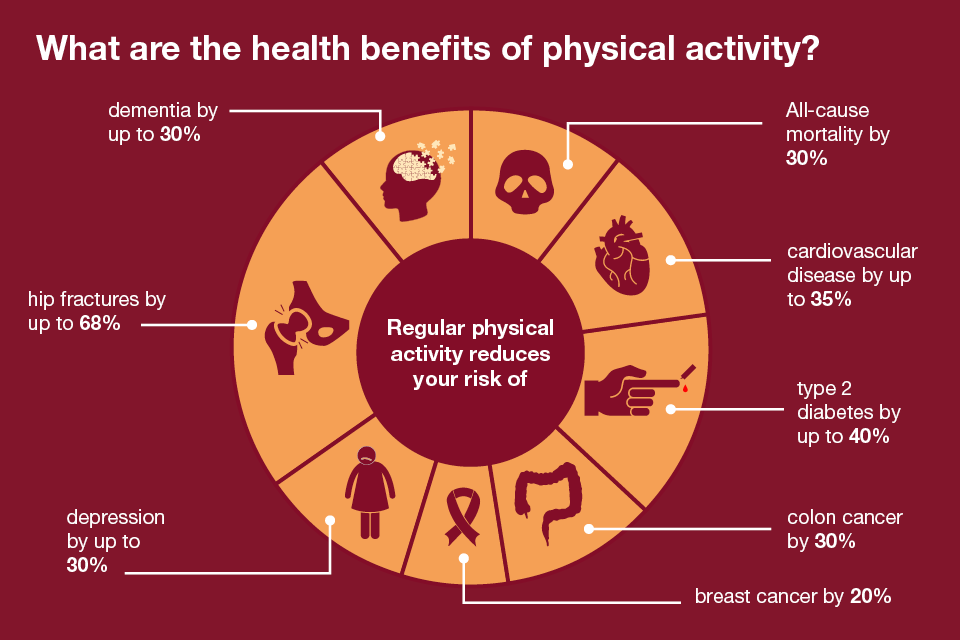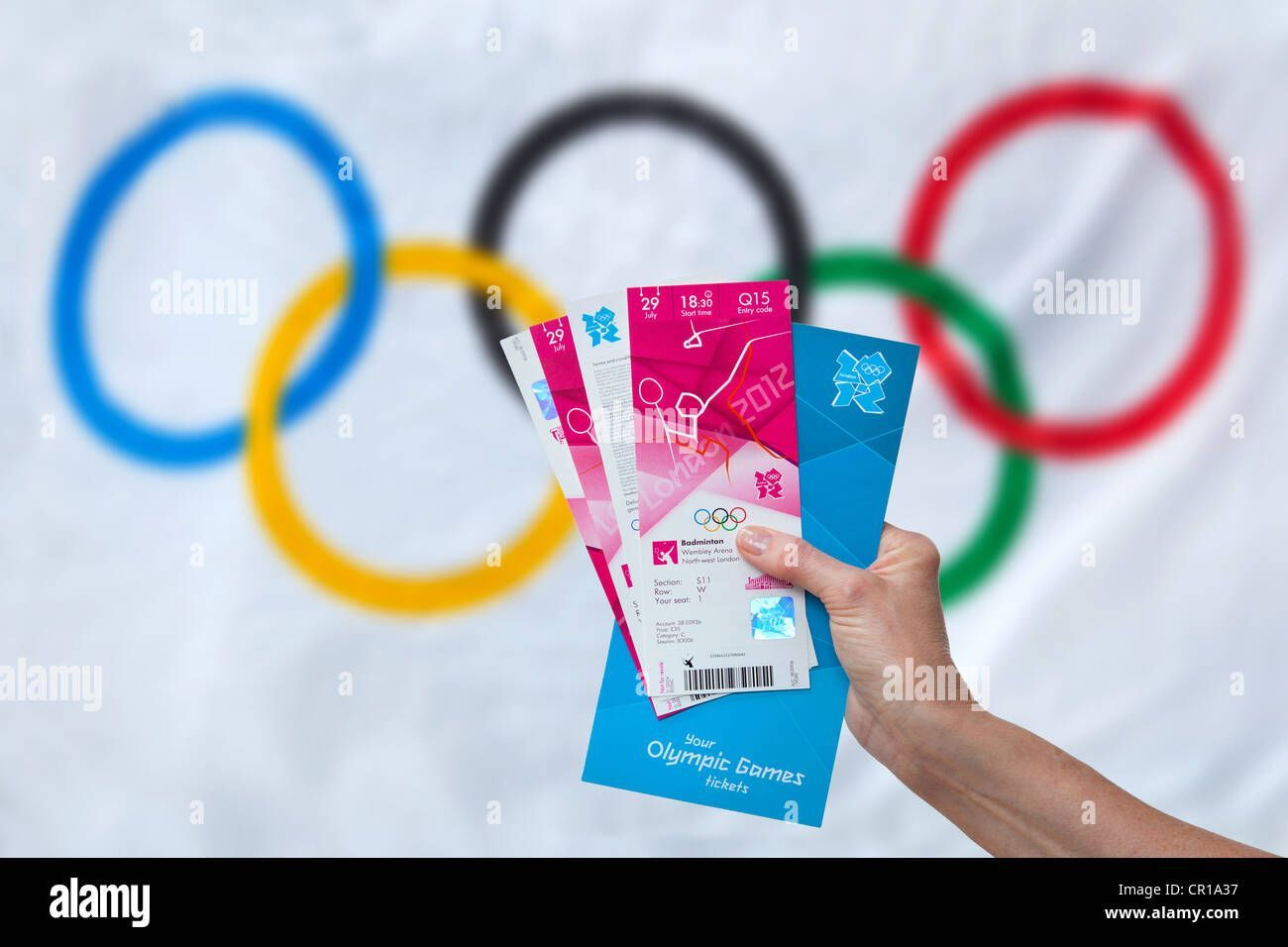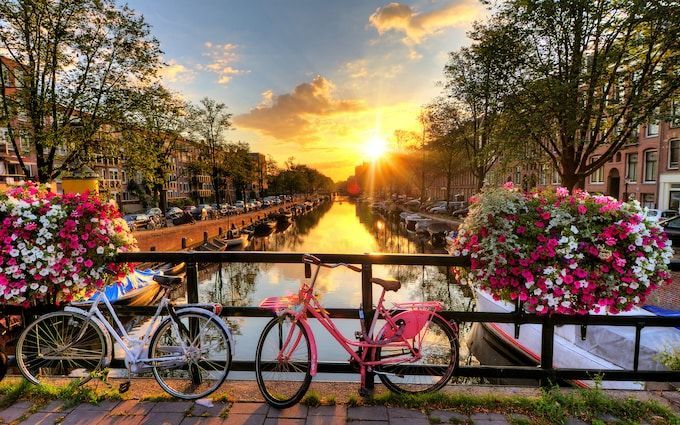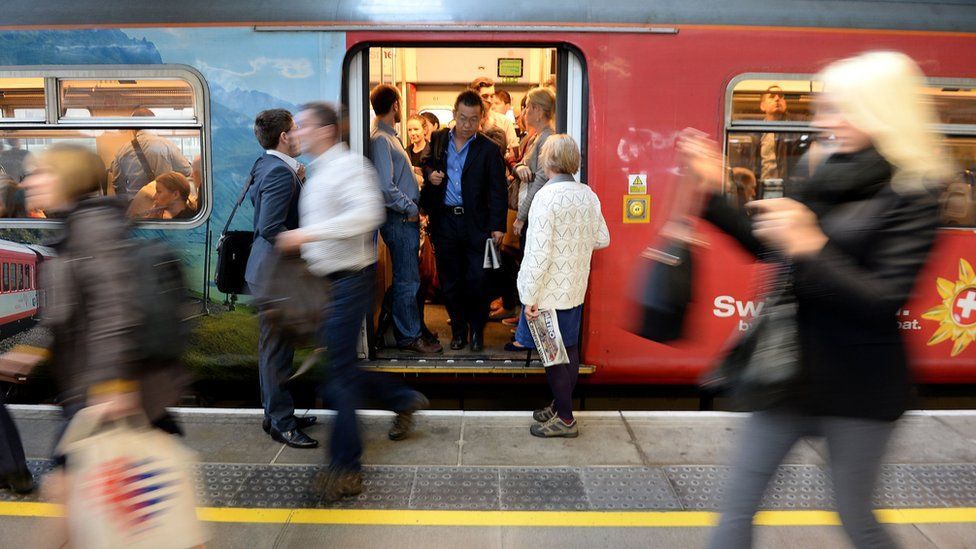Missing the ride home: The travel challenges of late finishing events
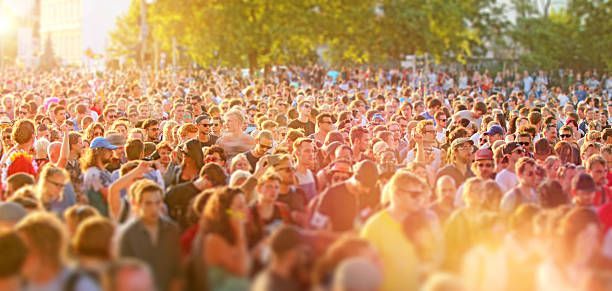
We were taken by a recent report by Cool Down Climate reflecting on how the lack of post event transport options are late finishing sports events prevent many event goers from taking public transport to an event thereby doubling the negative impact.
As the final whistle blows and the stadium erupts in either jubilation or disappointment, sports fans are faced with a new challenge: getting home after a late-night match. Whether it's a football game, basketball showdown, or a concert-style spectacle, the thrill of the event is often tempered by the stress and struggle of navigating public transport at night. It's an issue many know all too well, but one that often gets overlooked. In this blog, we'll dive into the challenges faced by event goer when it comes to getting public transport home after a late finish event.
1. Limited Public Transport Options at Night
The most obvious and frustrating hurdle is the limited availability of public transport after a late match or event. For fans attending evening events, especially those that end close to or past midnight, they often find themselves stranded OR if planning ahead are left without much option but to use private transport both to and from the event.
In many cities, public transport services are scaled back late at night. Trains and buses may run infrequently, with reduced routes that make it difficult for fans to get home, especially if they live outside of the main urban areas. And for those who rely on connecting lines or transfers, it can be even more of a logistical nightmare.
2. Crowds and Overcrowded Transit Systems
The frustration doesn't end with the lack of services. Fans who do manage to catch a train or bus often find themselves packed like sardines in overcrowded carriages. After a high-energy game, the last thing a fan wants to experience is the discomfort of standing for a long journey, jostling for space with hundreds of other tired, sweaty passengers.
In major cities, big events can lead to a sudden spike in ridership. This can result in a tense and uncomfortable atmosphere, where everyone is eager to get home, but there's simply not enough room to accommodate everyone. The issue is compounded when you’re heading home from a venue that is far from the city centre—this usually means long waits and more transfers, which can leave fans feeling exhausted and frustrated.
3. Safety Concerns Late at Night
As the night grows darker and the clock ticks on, safety becomes a significant concern for sports fans. The later the match ends, the fewer people are on the streets or in transit hubs. For fans walking alone or traveling in smaller groups, the risk of encountering unsafe situations rises.
Public transport networks may not always have sufficient security at late hours, leaving fans to feel vulnerable when waiting for buses or trains in empty or poorly lit stations. In addition, there's always the chance that the match’s emotional atmosphere — whether a victory or a loss — could spill into the streets, adding an unpredictable element to the journey home.
4. Cost of Alternative Transport
For many fans, public transport isn’t an option at all. Taxis or ride-sharing services like Uber or Lyft may offer a more direct route home, but at a hefty cost, particularly after a late event. Surge pricing during peak hours means that the simple act of getting home can end up costing significantly more than usual, which can be a deterrent for fans who are already spending money on tickets, food, and merchandise.
Moreover, in areas where taxis or rideshare services aren’t readily available, the options become even more limited. Waiting for a ride that could take longer than expected or having to pay exorbitant fees just to avoid the hassle of public transport is a frustrating reality for many.
5. The Need for Better Options
While public transport networks are typically built with commuters in mind, they often fail to accommodate the unique needs of sports fans, particularly when major events run into the late hours. More should be done to ensure fans have a smooth and efficient journey home, regardless of the time.
Cities with large stadiums or arenas could implement special "event buses" or dedicated late-night train schedules to accommodate the influx of spectators. Offering affordable, accessible, and safe options for fans would go a long way in making the post-game experience better. Additionally, making sure that there is sufficient security in transit hubs or on public transport would increase the comfort and safety of fans, making them feel more secure during their late-night travels.
6. The Post-Match Euphoria vs. the Transportation Blues
Let’s not forget that the journey home can also be an emotional one. For fans, the post-match ride is often marked by a sense of community and excitement, whether they're celebrating a win or processing a loss. There's camaraderie in talking with fellow fans about the highs and lows of the game. But this spirit can quickly be dampened by the frustration of poor transport options.
When fans are unable to find reliable transport after a late match, it can turn what should be an exhilarating experience into one marked by fatigue and irritation. The emotional energy from the game dissipates as the struggle to get home becomes the overriding challenge of the evening.
7. Solutions for the Future
There is hope for improving the fan experience, however. More cities and sports organisations are beginning to recognise the need to consider better post-event solutions. This includes:
- Better pre-event expectation management: Ensuring event goers know well in advance the challenges they may face getting home so that they can make more informed decisions such as booking local accommodation.
- Improved transit and other travel options: More late-night train and bus schedules, better connections to suburban areas, and collaborations with ride-share companies are just a few examples of how things could improve.
- Use of dedicated “fan zones” or transport hubs: designed specifically for game-day crowds would also go a long way in ensuring that fans don’t have to go through the hassle of navigating public transit on their own. These hubs could serve as central pick-up and drop-off points for taxis, buses, and trains, offering a streamlined solution for the transportation woes of sports fans.
- Partnerships with local accommodation: making it easier for event goers to book (perhaps at a discount) local accommodation so that they do not have to rush back on to transport go home also has a key role to play.
- Scheduling of events: Often more difficult to achieve but ensuring that event promoters pay more regard to the availability of local travel options when scheduling events and their finishing times should come more to the fore particularly as we move to a more eco-conscious culture and hope to encourage lesser reliance on private transport.
Conclusion: A Call for Change
While the excitement of a live sports event is something to cherish, the experience of getting home after the final buzzer is often far from glamorous. Public transport systems often fail to meet the needs of late-night sports fans, leading to overcrowded, unsafe, and expensive alternatives. However, with thoughtful infrastructure planning and a better understanding of fans' unique transportation needs, cities and event organizers have the opportunity to improve the journey for millions of people every year. The time has come to turn the struggle of getting home into a seamless, enjoyable part of the sports experience.
Until that happens, we’ll continue to hope for better options after the game, so that the final whistle feels like just the beginning of an easy ride home. As fan experience comes more and more to the fore and extends to include acceptance that the ride home is as much part of the overall experience as the event itself then it is likely that post event transport anxiety can quickly become a thing of the past.
At In the Round we love helping our clients juggle the challenges of managing demand on ingress and egress, particularly on late finishing events. If you’d like to chat more to us about our experiences then please come say hello@intheround.global.
